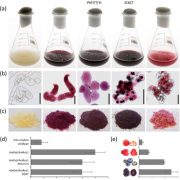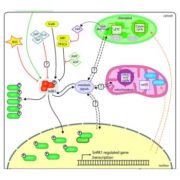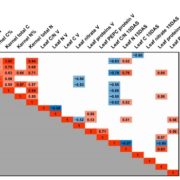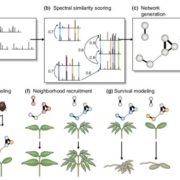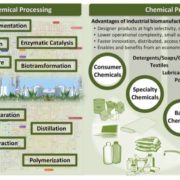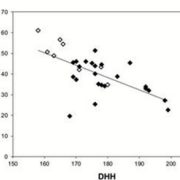Diterpenoid Metabolism in Switchgrass
Switchgrass (Panicum virgatum) is a perennial C4 grass native to North America primarily valued as a next-generation feedstock for biofuel production. Its high net energy yield and wide habitat range make switchgrass an attractive crop for cultivation on marginal lands with minimal agronomic inputs, thus promising environmentally sustainable bioenergy production. However, increasing drought stress and accompanying disease and pest damage are projected to become major impediments for scalable switchgrass cultivation. In related monocot crops, including maize (Zea mays) and rice (Oryza sativa), unique arrays of diterpenoid natural products serve as major defenses against pests, pathogens and abiotic stressors. Pelot et al. (10.1104/pp.18.00590) have focused their attention on characterizing the stress-related diterpene synthases (diTPSs) in switchgrass. They have identified 31 members of the diTPS family in the switchgrass genome, and their biochemical analyses of 11 diTPSs revealed that they produce a diverse array of diterpenoid metabolites. In addition to diTPSs involved in gibberellin (GA) biosynthesis, they identified several new DiTPSs and diterpenoids. Of these metabolites, formation of 9β-hydroxy-syn-pimar-15-ene and expression of the corresponding genes were induced in roots and leaves in response to oxidative stress or UV-irradiation, indicating their possible roles in abiotic stress adaptation. Together, these findings expand our knowledge concerning diterpenoid metabolism in monocot crops and may prove useful in designing strategies to improve stress resilience traits in this potential biofuel crop and other species.



